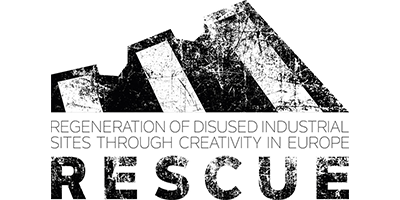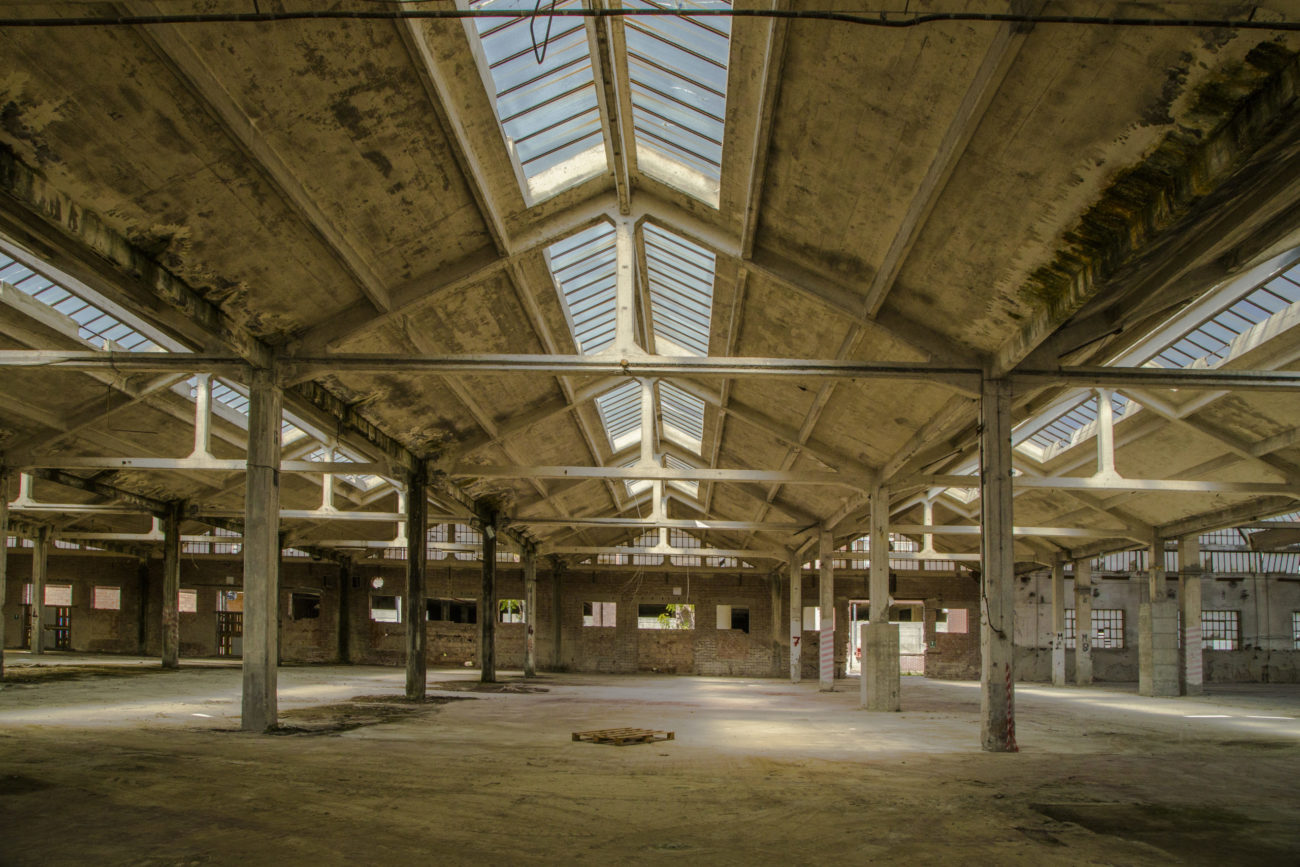
RESCUE – Regeneration of
disused Industrial Sites through Creativity in Europe
RESCUE is a smaller scale cooperation project co-funded by the EACEA Creative Europe programme. Partners from Italy, Germany, Slovenia and Austria invite artists and students from secondary schools to explore the history of abandoned industrial sites in the participant countries, with a view to re-defining them as sustainable cultural spaces. Local students participate in workshops to re-discover the selected space, its industrial history and its significance for the region and its inhabitants. Working together with artists, the students develop creative ways of portraying and using the space, with various artistic media ranging from stories and photography to sound, light and performance art.
In an ongoing transnational exchange between the curatorial partners, the project participants communicate with audiences across the RESCUE network. The complex relationship between history, industrial heritage, people and socio-cultural developments is reflected in a creative process that will result in a postulation of cultural strategies that might be useful towards a broader regeneration of disused industrial sites through creativity.
Working so closely with students and their surroundings, RESCUE enables ongoing grass-roots cultural exchange between participants and local citizens, who will be invited to participate in the performances, presentations and exhibitions that the children and artists develop.
Project results include site-specific works from and for the selected locations; tools and analysis for cultural engagement with abandoned spaces; innovative models to reclaim disused industrial sites for the arts; dissemination of applied cultural engagement with the history of labour and industrial heritage; audience development in the sense of inclusion, interaction and engagement with cultural heritage and contemporary artistic practice; transnational mobility of cultural actors, artists and artworks.
RESCUE – Regeneration of
disused Industrial Sites through Creativity in Europe
RESCUE is a smaller scale cooperation project co-funded by the EACEA Creative Europe programme. Partners from Italy, Germany, Slovenia and Austria invite artists and students from secondary schools to explore the history of abandoned industrial sites in the participant countries, with a view to re-defining them as sustainable cultural spaces. Local students participate in workshops to re-discover the selected space, its industrial history and its significance for the region and its inhabitants. Working together with artists, the students develop creative ways of portraying and using the space, with various artistic media ranging from stories and photography to sound, light and performance art.
In an ongoing transnational exchange between the curatorial partners, the project participants communicate with audiences across the RESCUE network. The complex relationship between history, industrial heritage, people and socio-cultural developments is reflected in a creative process that will result in a postulation of cultural strategies that might be useful towards a broader regeneration of disused industrial sites through creativity.
Working so closely with students and their surroundings, RESCUE enables ongoing grass-roots cultural exchange between participants and local citizens, who will be invited to participate in the performances, presentations and exhibitions that the children and artists develop.
Project results include site-specific works from and for the selected locations; tools and analysis for cultural engagement with abandoned spaces; innovative models to reclaim disused industrial sites for the arts; dissemination of applied cultural engagement with the history of labour and industrial heritage; audience development in the sense of inclusion, interaction and engagement with cultural heritage and contemporary artistic practice; transnational mobility of cultural actors, artists and artworks.
RESCUE is a smaller scale cooperation project co-funded by the EACEA Creative Europe programme. Partners from Italy, Germany, Slovenia and Austria invite artists and students from secondary schools to explore the history of abandoned industrial sites in the participant countries, with a view to re-defining them as sustainable cultural spaces. Local students participate in workshops to re-discover the selected space, its industrial history and its significance for the region and its inhabitants. Working together with artists, the students develop creative ways of portraying and using the space, with various artistic media ranging from stories and photography to sound, light and performance art.
In an ongoing transnational exchange between the curatorial partners, the project participants communicate with audiences across the RESCUE network. The complex relationship between history, industrial heritage, people and socio-cultural developments is reflected in a creative process that will result in a postulation of cultural strategies that might be useful towards a broader regeneration of disused industrial sites through creativity.
Working so closely with students and their surroundings, RESCUE enables ongoing grass-roots cultural exchange between participants and local citizens, who will be invited to participate in the performances, presentations and exhibitions that the children and artists develop.
Project results include site-specific works from and for the selected locations; tools and analysis for cultural engagement with abandoned spaces; innovative models to reclaim disused industrial sites for the arts; dissemination of applied cultural engagement with the history of labour and industrial heritage; audience development in the sense of inclusion, interaction and engagement with cultural heritage and contemporary artistic practice; transnational mobility of cultural actors, artists and artworks.
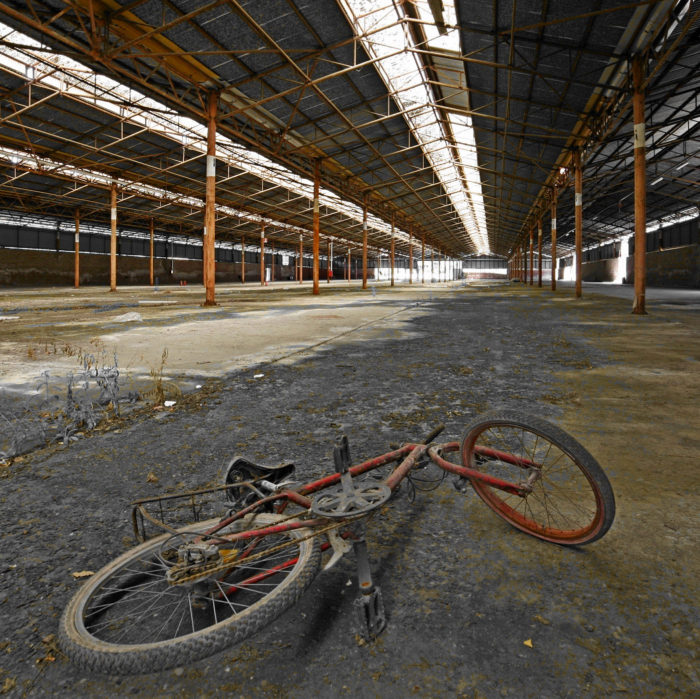
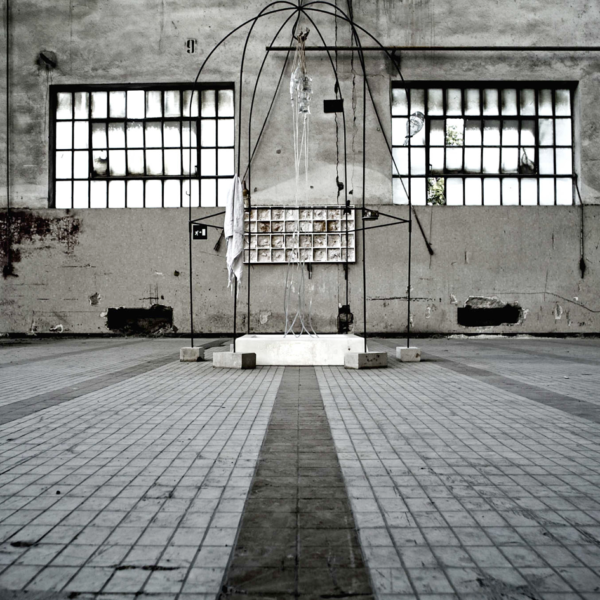
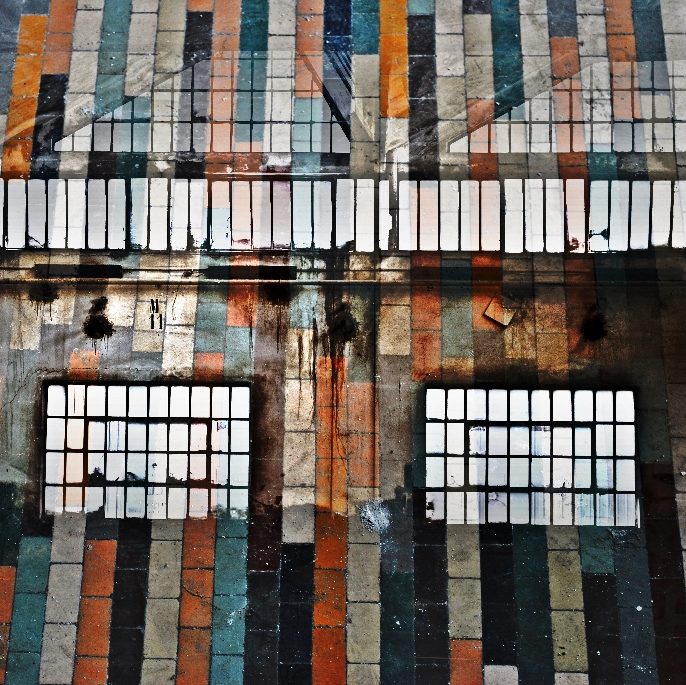
The main objective is a creative regeneration of the industrial archaeological heritage. The initiative aims at giving an insight into the work history linked to the local former industrial sites located in participant countries, involving young students and cultural companies in a program of study, research and artistic interpretation of life and events in those places.
Other specific objectives are:
1) to educate younger generations about their history, involving them in research &
the artistic reinterpretation
2) to promote the implementation in each involved country of an artistic performance/artwork representing factory work & the socio-cultural aspects related to abandoned industrial sites
3) to bring to light the importance of ‘foreign’ workforce
4) to promote transnational circulation & cooperation of artists
5) to revitalize disused industrial plants by opening them to citizens as a stage
6) to promote audience development by giving citizens access to places which are normally not dedicated to culture & engaging them directly
7) to increase the social & cultural attractiveness of industrial heritage
8) to enhance the historical archives with memories of the workers’ & females’ movements
1) Workshops in schools to make a research on the history of the industrial sites involved and for the development of a theatre script draft
2) Meetings between artists from different cultural fields (theater, music, artworks, multimedia) and partner countries (transnational artistic residency)
3) Performances & exhibitions/paintings realization in the industrial sites of different countries
4) Analysis of best practice and proposals for an innovative and shared management model for the enhancement and regeneration of disused industrial sites, with social, cultural and artistic activities and purpose.
5) Seminars, conferences to spread the knowledge about European history of workforce and importance of preservation/valorization of the industrial heritage trough culture
6) Project video of the main project activities implemented in each participating country
7) Multimedia material produced by historical research, performances/exhibitions
